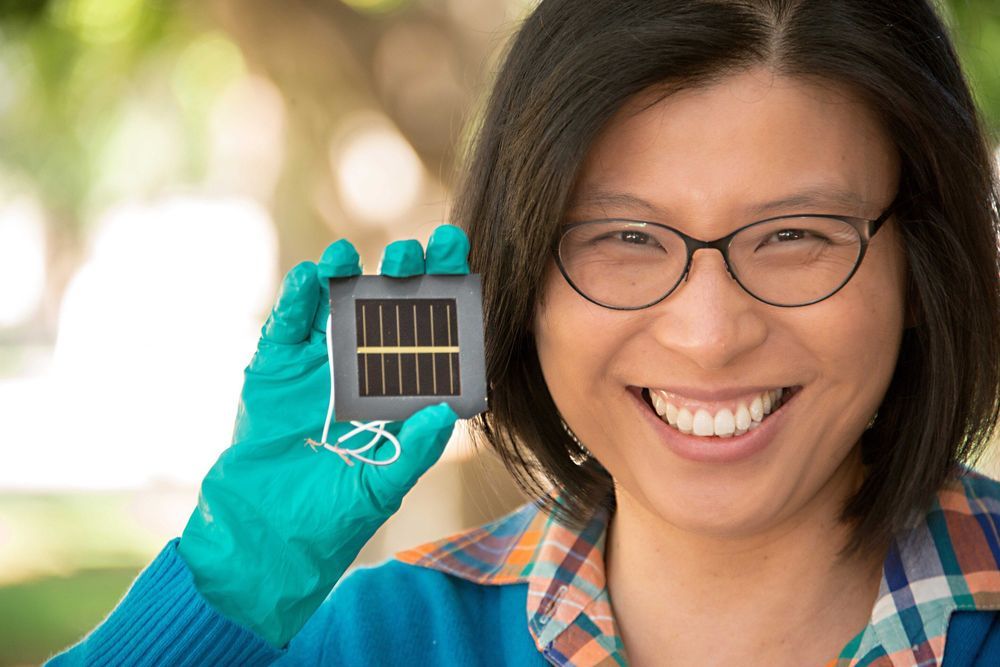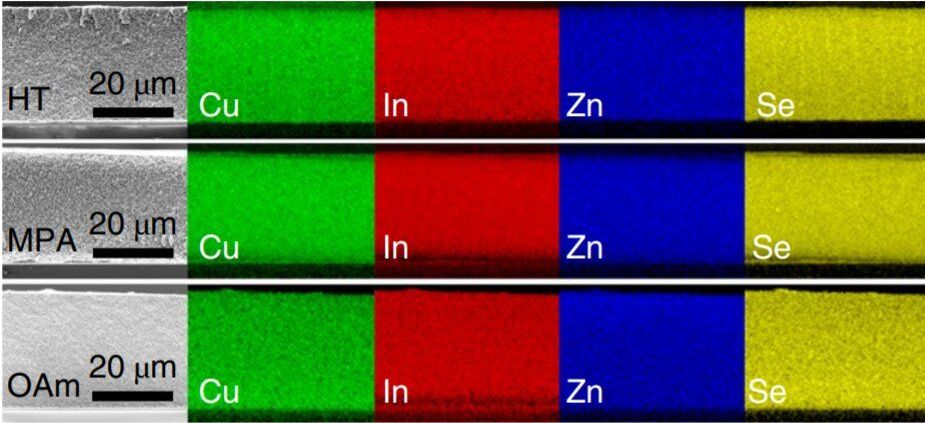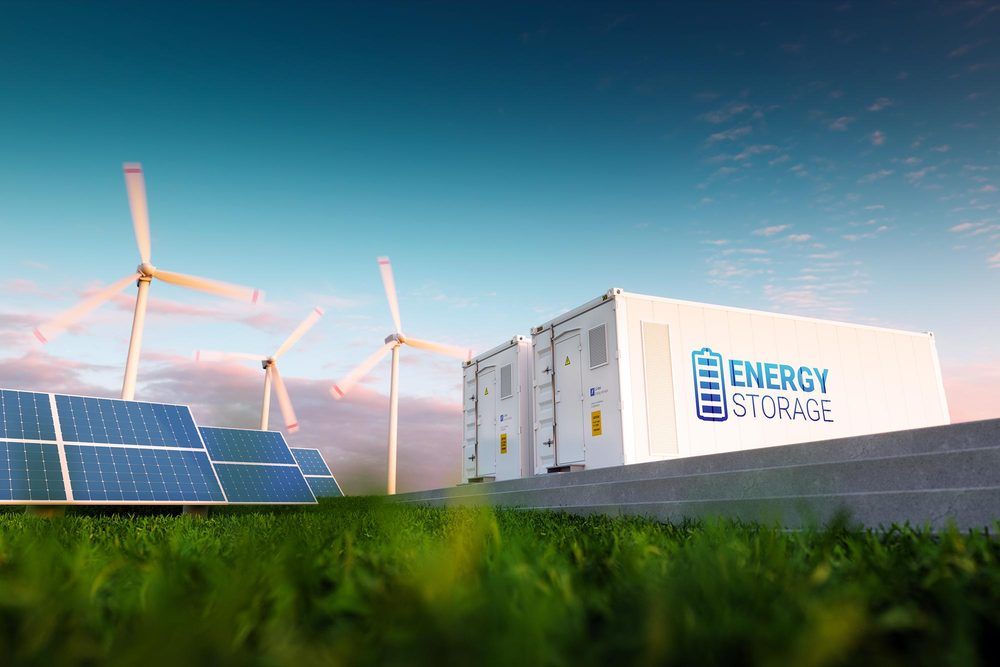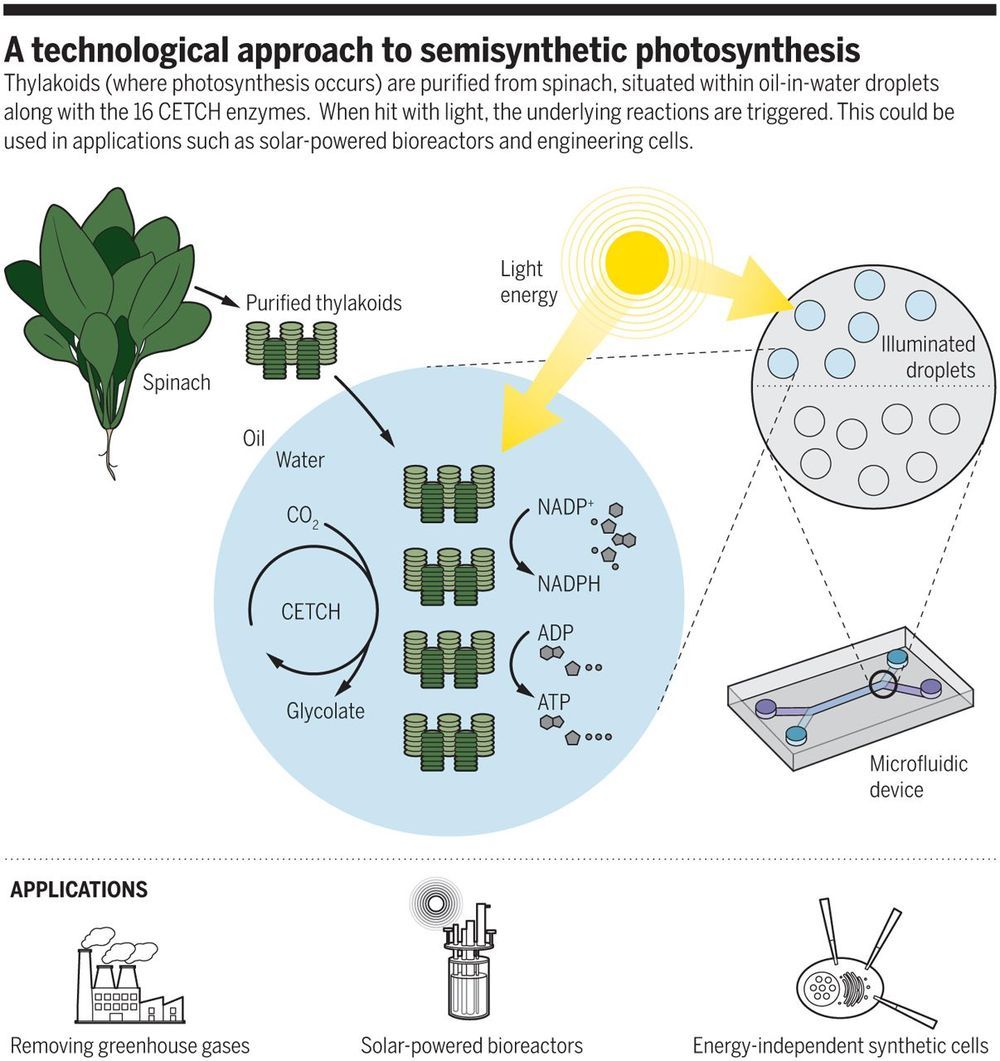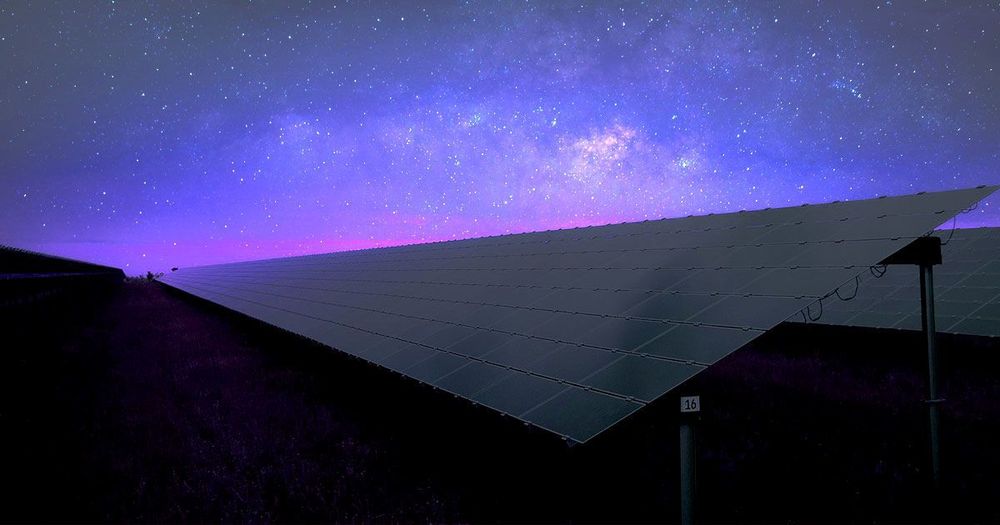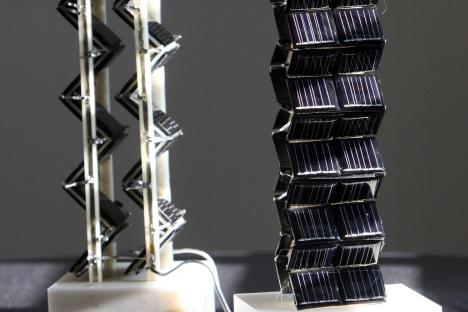Experts from the University of Surrey believe their dream of clean energy storage is a step closer after they unveiled their ground-breaking super-capacitor technology that is able to store and deliver electricity at high power rates, particularly for mobile applications.
In a paper published by the journal Energy and Environmental Materials, researchers from Surrey’s Advanced Technology Institute (ATI) revealed their new technology which has the potential to revolutionize energy use in electric vehicles and reduce renewable based energy loss in the national grid. The team also believe their technology can help push forward the advancement of wind, wave, and solar energy by smoothing out the intermittent nature of the energy sources.
The ATI’s super-capacitor technology is based on a material called Polyaniline (PANI), which stores energy through a mechanism known as “pseudocapacitance.” This cheap polymer material is conductive and can be used as the electrode in a super-capacitor device. The electrode stores charge by trapping ions within the electrode. It does this by exchanging electrons with the ion, which “dopes” the material.
